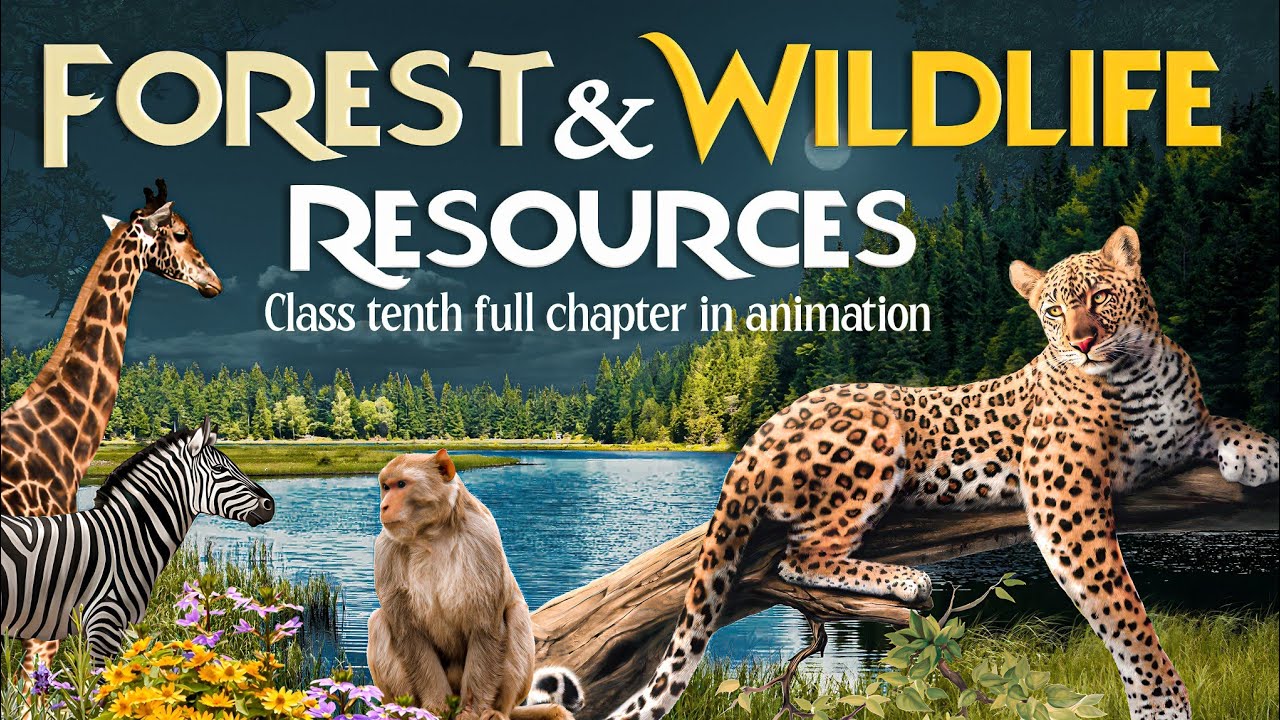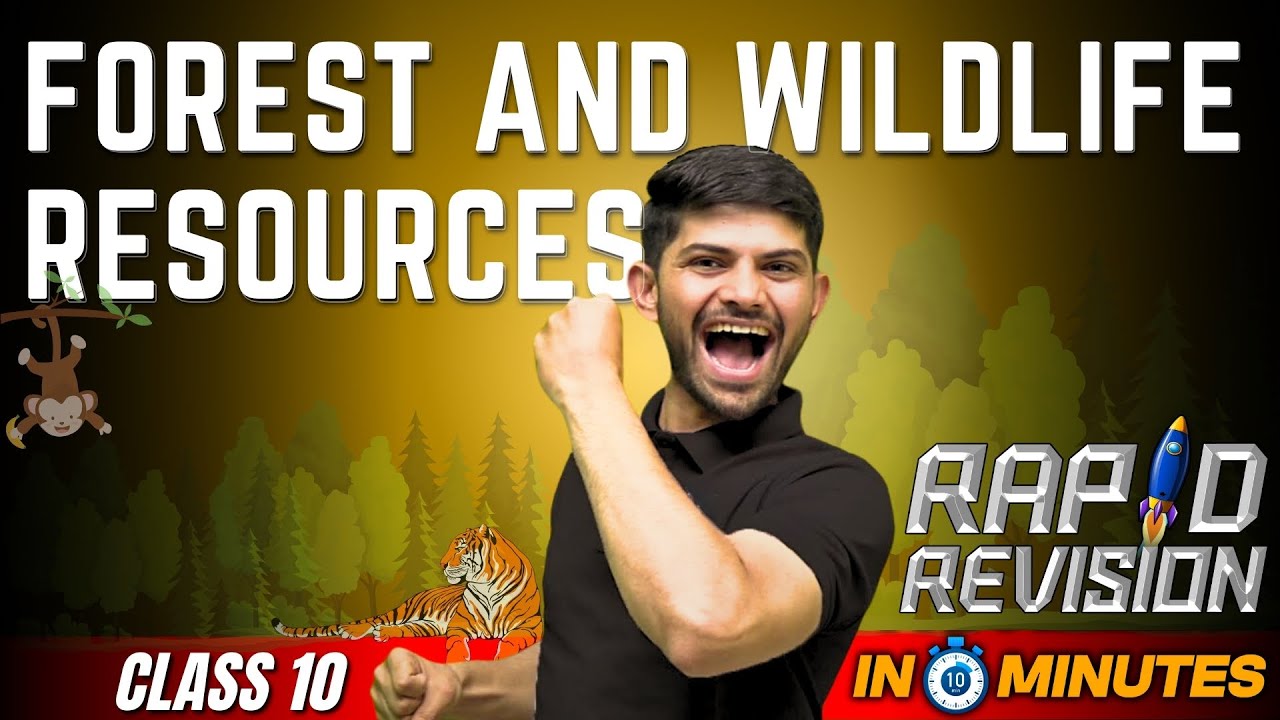#Tematik #Pelestarianhewan SUKA BELAJAR - TEMATIK - PELESTARIAN HEWAN - IN SITU EX SITU
Summary
TLDRThis educational video script enlightens children about the importance of wildlife conservation. It explains the concept of in-situ and ex-situ conservation, detailing the roles of wildlife sanctuaries, forest reserves, and national parks in preserving species. The script also introduces the functions of botanical gardens, safari parks, and zoos in nurturing and protecting endangered animals, emphasizing their significance in education and research. It concludes by highlighting the human effort behind these initiatives to prevent species extinction.
Takeaways
- 🌳 The script discusses the importance of preserving nature and habitats for animals, highlighting the impact of human awareness and conservation efforts.
- 🐘 It introduces the concept of 'in-situ' conservation, which involves protecting animals and plants within their natural habitats, such as wildlife sanctuaries, forest reserves, and national parks.
- 🏞️ 'Ex-situ' conservation is also explained, which is the preservation of species outside their natural habitats, like botanical gardens, safari parks, and zoos.
- 🌿 Botanical gardens are places where a variety of plants are grown for research, collection, and conservation outside their original habitats.
- 🦏 Safari parks serve as family tourist attractions to learn about wildlife in a semi-natural environment.
- 🐅 Zoos are not only for the conservation of animals but also function as educational and research centers for endangered species.
- 🌱 The script mentions the role of forest reserves in regulating water, preventing floods, and erosion, emphasizing their ecological importance.
- 🐇 'Cagar alam' or nature reserves are legally protected areas that safeguard wildlife and plants from the threat of extinction.
- 🌐 National parks are conservation areas used for research, scientific knowledge, education, and supporting breeding for conservation purposes.
- 🐍 Breeding centers, or 'penangkaran', are facilities for the propagation of animals and plants outside their original locations with human assistance.
- 📚 The script concludes by emphasizing the educational value of the lesson, encouraging students to learn and appreciate the efforts made in animal conservation.
Q & A
What is the primary reason for keeping animals in zoos and botanical gardens?
-Animals are kept in zoos and botanical gardens as a form of conservation effort to protect them from extinction and to educate the public about wildlife and the importance of preserving nature.
What does 'in-situ conservation' mean in the context of wildlife preservation?
-In-situ conservation refers to the preservation of animals or plants within their natural habitat, such as wildlife sanctuaries, forest reserves, and national parks.
What is the role of a wildlife sanctuary in conservation efforts?
-A wildlife sanctuary is a protected area specifically designated for the conservation of endangered species, providing them a safe environment to prevent extinction.
How do forest reserves contribute to environmental conservation?
-Forest reserves function as water regulators, preventing floods and soil erosion, thus playing a crucial role in maintaining ecological balance and conserving biodiversity.
What is the purpose of a national park in terms of conservation?
-National parks are areas designated for the preservation of natural environments, which are utilized for research, education, and supporting breeding programs as part of conservation efforts.
What is 'ex-situ conservation' and how does it differ from 'in-situ conservation'?
-Ex-situ conservation involves the preservation of animals or plants outside their original habitat, such as in botanical gardens, safari parks, and zoos, whereas in-situ conservation takes place within the natural habitat.
What is the purpose of a botanical garden in the context of plant conservation?
-Botanical gardens are areas where various plant species are cultivated for research, collection, and preservation outside their original habitats.
How do safari parks contribute to wildlife conservation?
-Safari parks serve as family attractions that provide educational experiences about wildlife in a semi-natural environment, contributing to conservation awareness.
What is the function of a zoo in terms of animal conservation?
-Zoos are places designed to house, care for, and maintain the well-being of animals, serving as conservation centers, educational institutions, and research facilities for endangered species.
What is a breeding center and how does it aid in conservation?
-A breeding center is a facility where animals and plants are bred outside their natural habitats with human assistance, aiding in the conservation of species by increasing their numbers and genetic diversity.
Why are zoos and botanical gardens considered important by humans in the context of the script?
-Zoos and botanical gardens are considered important as they are human-created efforts to conserve animals and plants, providing them with a safe environment away from the threat of extinction.
Outlines

This section is available to paid users only. Please upgrade to access this part.
Upgrade NowMindmap

This section is available to paid users only. Please upgrade to access this part.
Upgrade NowKeywords

This section is available to paid users only. Please upgrade to access this part.
Upgrade NowHighlights

This section is available to paid users only. Please upgrade to access this part.
Upgrade NowTranscripts

This section is available to paid users only. Please upgrade to access this part.
Upgrade NowBrowse More Related Video

KTETCATEGORY 3 NATURAL SCIENCE|previous year analysis

Biodiversity and Conservation

Hi I'm Lindsay and I'm a Zoologist

Geografi Kelas XI (8) Konservasi Flora dan Fauna di dunia dan Indonesia

Forest and Wildlife Resources Class 10 cbse full chapter (Animation) | Class 10 Geography Chapter 2

Forest and Wildlife Resources | 10 Minutes Rapid Revision | Class 10 SST
5.0 / 5 (0 votes)